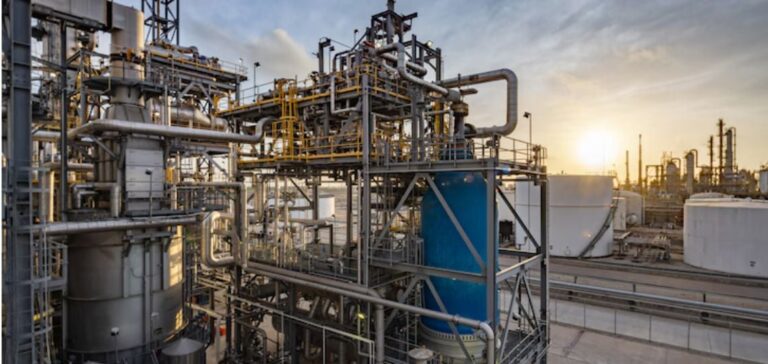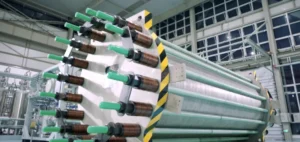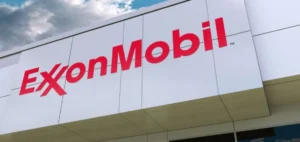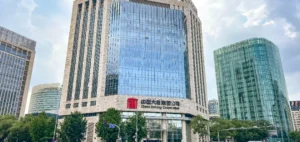Nu:ionic Technologies and HybriGenix Futures join forces to launch a power generation project in Alberta, aimed at reducing CO2 emissions by blending hydrogen with natural gas in gas turbines.
This project is part of a growing global trend, where players in the energy sector are exploring the integration of hydrogen as a solution to reduce the carbon footprint of existing infrastructures.
The chosen site, near Edmonton, has an initial capacity of 50 MW, with a potential extension to 100 MW.
The project is based on the use of Nu-X Smart Reformer technology, capable of producing 1,200 kg of hydrogen per day.
This hydrogen will be mixed with natural gas to power the gas turbines, reducing emissions without requiring major modifications to existing facilities.
A strategy inspired by international projects
The Alberta project is inspired by several similar initiatives around the world.
In the USA, the Plant McDonough-Atkinson power plant in Georgia recently demonstrated the feasibility of blending 20% hydrogen with natural gas in a gas turbine, reducing CO2 emissions by 7%.
This project, carried out by Mitsubishi Power in collaboration with Georgia Power, highlights the potential of hydrogen to improve the efficiency of existing gas-fired power plants while meeting environmental standards.
Similarly, in Michigan, Upper Michigan Energy Resources Corp.
(UMERC) has successfully integrated a 25% hydrogen blend into a natural gas engine, proving that these solutions can be successfully implemented in real-life conditions without compromising plant performance.
These examples demonstrate not only the technical viability of hydrogen-natural gas blends, but also the growing interest among companies in this technology, which can reduce emissions without requiring a complete overhaul of existing energy infrastructures.
Outlook for the energy industry and Alberta
The Nu:ionic and HybriGenix project is in line with global efforts to reduce carbon emissions in the energy sector.
In Alberta, a region heavily dependent on fossil fuels, this type of initiative is particularly relevant.
In fact, it enables us to continue exploiting existing resources and infrastructures while contributing to CO2 emission reduction targets.
The results obtained in other regions, such as Georgia and Michigan, show that these projects can not only reduce emissions, but also offer a pragmatic path for the energy transition.
Alberta could thus become a model for other regions, demonstrating how hydrogen can be efficiently and cost-effectively integrated into today’s energy systems.






















